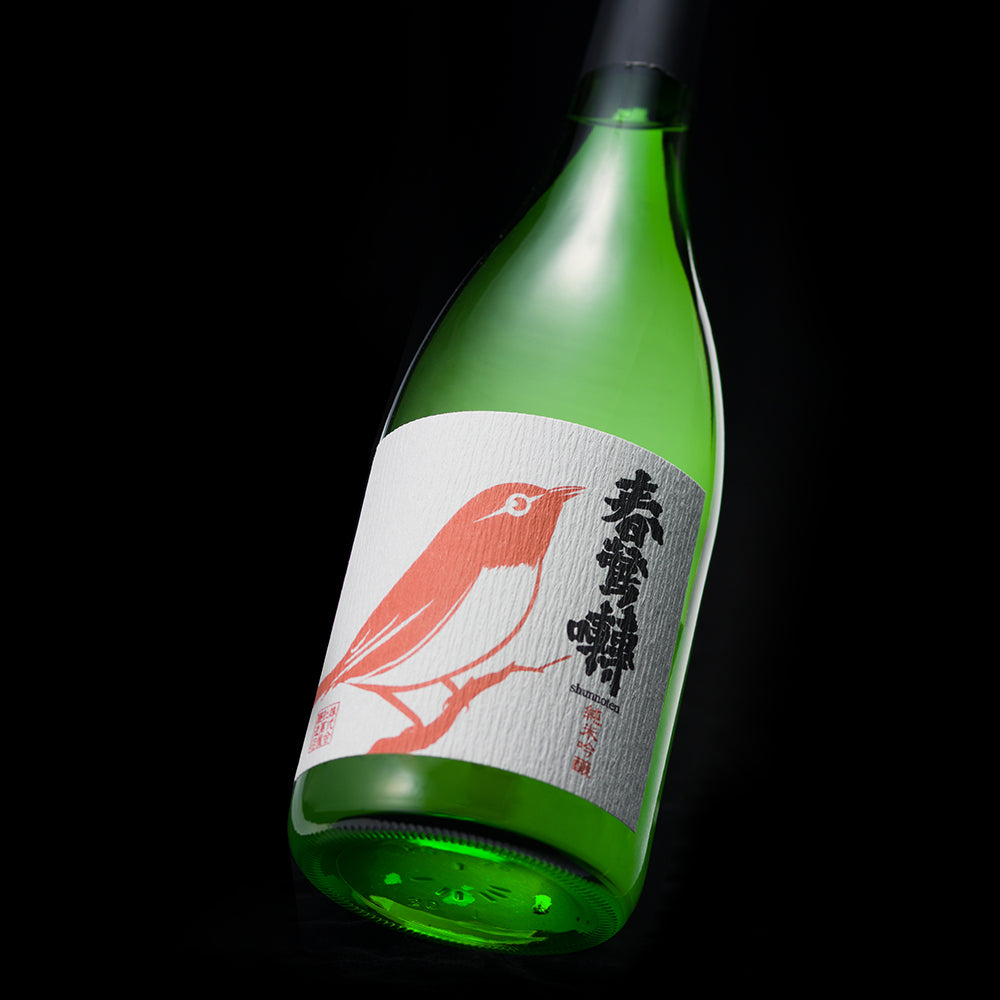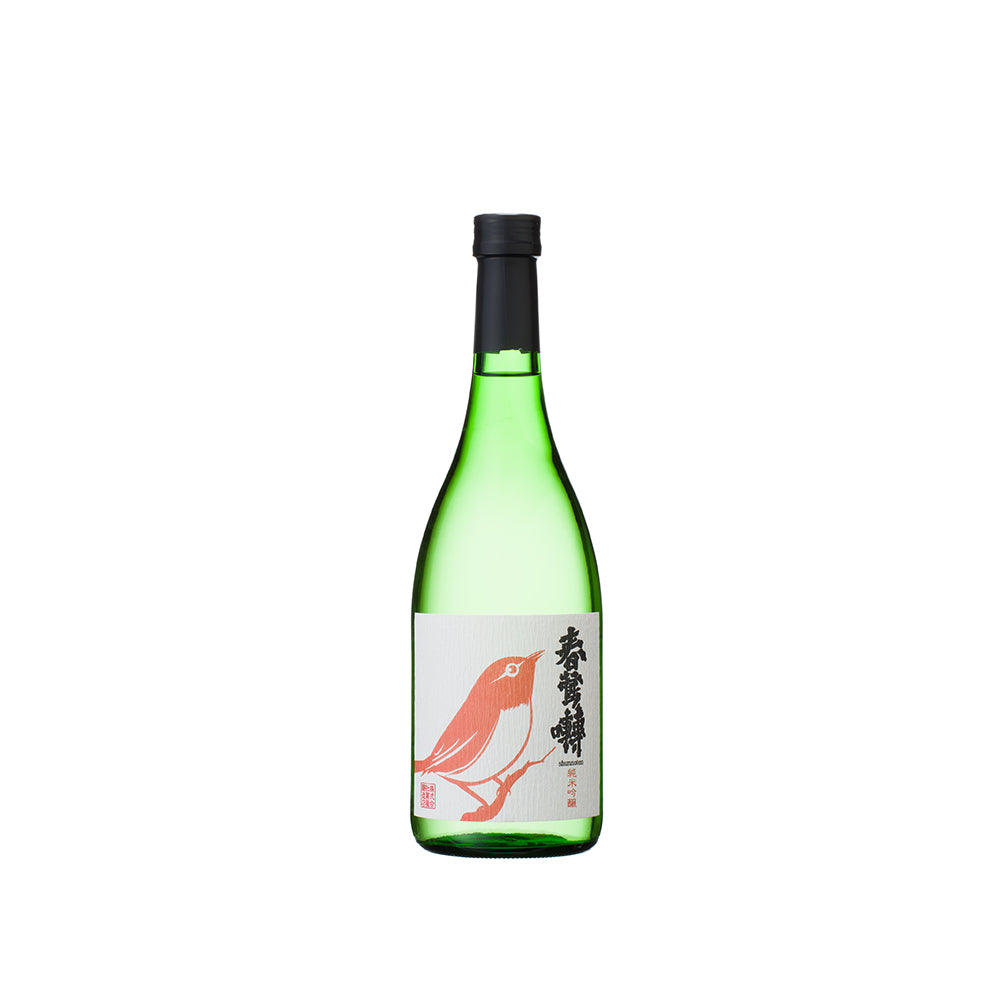-
 >
>
- Product list >
- Shunnoten Junmai-ginjo (720ml)
Shunnoten Junmai-ginjo (720ml)
詳しく見る
- *All prices shown are the product prices from the Japanpage:.
- *Product price can be shown in multiple currencies as reference values.
- *Payment should be made in Japanese yen.
- *After filling in delivery address, grand total (product price + shipping cost (packing + shipping + insurance) +tariffs & taxes) will be shown on the shipping cart page.
- *All prices shown are the product prices from the Japanpage:.
- *Product price can be shown in multiple currencies as reference values.
- *Payment should be made in Japanese yen.
- *After filling in delivery address, grand total (product price + shipping cost (packing + shipping + insurance) +tariffs & taxes) will be shown on the shipping cart page.
Awards
Milano Sake Challenge2019 Junmai Ginjo Division Design Silver
This "Shunnoten Junmai-ginjo" is a type of Junmai-ginjo, made from a type of sake rice called 'Tamasakaei', which has been cultivated and polished in-house by our brewers in Fujikawa Town, Yamanashi Prefecture, combined with the finest underground water from the southernmost tip of the Southern Alps, thus really fulfilling the idea of producing and consuming locally. Most of the sake we brew from cultivated rice is dry and crisp, real manly sake, but this one has a delicate, sweet scent, and while it is moderately acidic and light in taste, it finishes with a delicious, distinctive flavor. This sake complements not only Japanese cuisine, but also Western foods, and can be paired with a range of various dishes. In 2019, this sake won the Best Design Silver Award at the Milano Sake Challenge, a competition held by the Italian Sake Sommelier Association, and was highly praised in the very town of Milan, the birthplace of design and fashion, for the design of its bottle and label.
Pairing food proposed from Vendor
Medium-fatty tuna sashimi
About "Shunnoten"
The sake's name bears the elegant meaning of the 'the chirp of the spring bush warbler', and is named after the famous poet Akiko Yosano, who visited our storehouse, and praised our sake for its flavor, scent and appearance in a small poem she wrote. We continue producing delicious sake by cultivating our sake rice based on the idea that we should stick to making our locally produced sake from locally produced rice and water.
Recommended temperature
- Atsukan (50 - 55℃)
- Jokan (45 - 50℃)
- Nurukan (30 - 40℃)
- Room temperature (15 - 20℃)
- Hanabie (10℃)
- Yukibie (5℃)
Type


Tag
Appearance
-
Clarity
Transparency
Hazy
-
Colour
Colorless
Dark brown
-
Intensity
Water
Deep
Nose characteristics
-
Intensity
Low
Strong
Taste characteristics
-
Light / Body
Light
Body
-
Sweet / Dry
Sweet
Dry
-
Simple / Complexity
Simple
Complexity
-
Acidity
Low
High
-
Umami
Low
High
-
Finish
Low finish
Long finish
Aroma and flavor
Detailed information
| Volume | 720ml |
|---|---|
| Size (L W H) | 9.0 x 9.0 x 29.0 cm |
| Weight | 1.1kg |
| Ingredients | Rice, Rice koji, Water |
| Region | Yamanashi |
| Alcohol content | 15%vol. |
|
Sake Meter Value
|
-3.5 |
|
Acid level
|
+1.6 |
|
Polishing ratio
|
60% |









